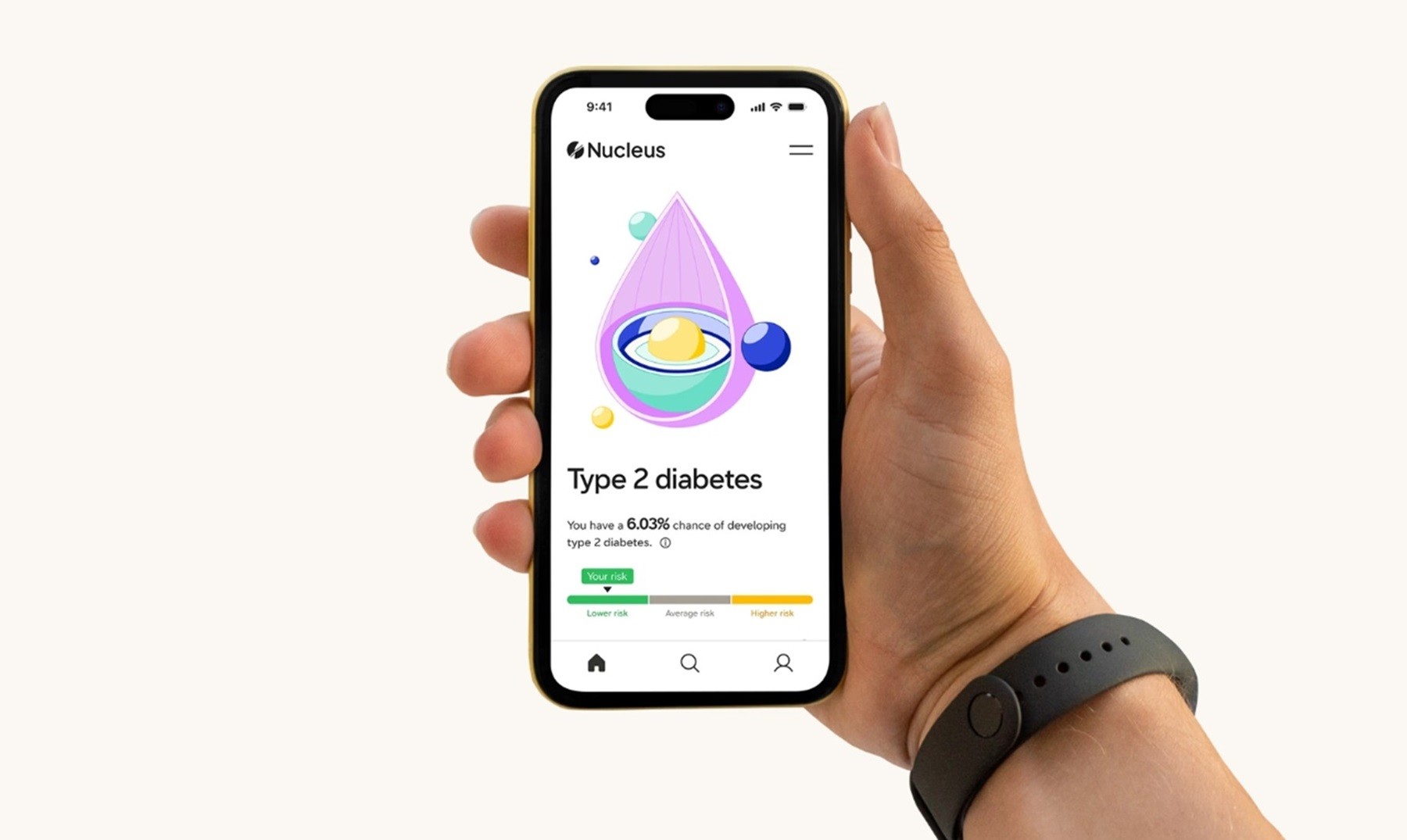What if you could train your body not just to look good but to thrive, move, and think even when you’re 100? This is the shift Dr. Peter Attia proposes. For him, exercise isn’t a fleeting fitness trend but an investment in your future self.
As a leading voice in longevity medicine and author of the groundbreaking book Outlive, Attia advocates for a science-backed approach to exercise that goes beyond everyday fitness routines. His recommendations focus on building a resilient body capable of performing at its peak years from now.
In this article, we examine Peter Attia’s workout routine and explore his unique strategies that can empower you to transform your fitness journey, ensuring you live longer and better, even as you age.
A breakdown of Peter Attia’s exercise routine
Apart from his successful medical accomplishments, Peter Attia is also a dedicated athlete. Still, at 43, he shifted from athletic training to focusing on specific exercises designed to boost his health and overall well-being or, as he calls it, training for the “Centenarian Olympics.”
His workout routine includes a personalized set of physical tasks that he hopes to be able to perform throughout his life, including hopping over a three-foot fence and pulling himself up and over the edge of a pool.
Here’s what an example of Attia’s Centenarian Decathlon list looks like:
Hike 1.5 miles on a steep trail
Use only one arm to support yourself off the floor
Pick up a young child from the floor
Carry heavy bags of groceries for five blocks
Lift a hefty suitcase into the overhead compartment of a plane
Balance on one leg for 30 seconds with your eyes open
Have sex
Climb four flights of stairs in three minutes
Open a jar easily
Do thirty consecutive jump-rope skips
If you hope to build a routine like Attia’s, your lifelong exercise list should reflect what matters most to you. His goal might be pulling himself out of a pool, but yours could be carrying a child, getting up from the floor with ease, or lifting a suitcase overhead. The key isn’t copying his exact routine — it’s designing one that keeps you strong, capable, and independent for decades to come.
What Peter Attia’s workout routine looks like daily

Source: Peter Attia MD
To prime his body for long-term agility, Attia works out seven days a week using a routine that develops strength and stability, improves endurance, and enhances overall physical performance. The table below outlines his exact daily workout schedule:
Attia emphasizes in Outlive that the key to success with his workout routine is recognizing that exercise is not a short-term, eight-week program but a lifelong holistic pursuit. He believes consistency is key to gaining the most benefits from exercise. To make the most of your routine, focus on choosing exercises you genuinely enjoy and stick to them consistently.
Peter Attia’s 4 pillars of exercise: The science behind his routines

Source: William Choquette
Taking a cue from Peter Attia’s workout routine is a great way to begin your fitness journey, but having the right approach to training will ensure you achieve the highest impact.
By understanding the science behind Attia’s framework for exercise, you can create a suitable routine that supports your training for your Centenarian Decathlon. His exercises are categorized into four key pillars for longevity, including:
Stability — the foundational pillar
Strength training
Aerobic or Zone 2 training
Anaerobic or Zone 5 training
1. Stability — the foundational pillar
According to Attia, strength is important, but stability training should take precedence — this is why he dedicates 10 minutes daily to it. Stability is the foundational exercise that helps you build and safely transmit the most force from your body.
It teaches you to control your body, so when you begin your strength exercises, you can move and lift heavier weights more effectively. This allows you to reduce injury to various muscles and joints, including the spine, hips, and shoulders.
Stability training isn’t just about fitness. It helps you optimize your performance in every area of life. For instance, it could translate to improved posture during prolonged sitting hours, reducing debilitating back pain that could disrupt your workflow.
This type of training should generally be personalized to address the body’s weak areas, but Attia prefers a system called Dynamic Neuromuscular Stabilization (DNS). DNS retrains your movement patterns to be more natural, similar to those of a young child. You relearn how to:
Breathe correctly to enable smoother movement
Stabilize your spine using intra-abdominal pressure
Control your fingers, toes, and spine

Full post: Instagram
Besides DNS, Attia also does other stability training exercises, such as:
Toe yoga: A series of exercises designed to enhance toe dexterity and protect against falls that often occur with aging. To train your toes, lift only your big toe for 10 repetitions or play the piano with your toes.
Core stability: Create concentric intra-abdominal pressure using your diaphragm and abdominal muscles to build core stability.
Balance and mobility exercises: As your stability improves, incorporate more complex balance exercises through controlled articular rotations (such as cat-cow movements). Attia also uses the MOBO board to build his foot strength and stability.
2. Strength training
Attia defines strength as the ability to use muscle to generate force. He views strength training as a form of retirement savings, building sufficient muscle reserves to protect against injury and the declining quality of life as one grows older.
When you hit the age of 30, muscle loss kicks in. If you’re not strength training regularly, you risk losing up to 8% of your muscles every decade. This results in a decline in strength and everyday functionality.
Here’s how Attia structures his strength training sessions:
Grip strength: This exercise aims to improve how hard you can grip with your hands. To enhance your training further, add weighted carries, dead hangs, or pull-ups to your routine.
Concentric and eccentric loading: As you age, it becomes more difficult to walk downhill or down the stairs. Attia trains for this by walking or hiking downhill with a weighted backpack in controlled steps.
Pulling motions: Practice for longevity by performing pulling exercises from all angles — overhead pull-ups and rowing motions.
Hip-hinging movements: These include deadlifts, kettlebell swings, hip-thrust, and single-leg moves with lighter loads. Attia specifically approaches deadlifts and squats with care to avoid spinal injury.
Prioritizing strength training helps you invest in a foundation that supports your ambition and longevity goals. These workouts help you maintain prolonged physical resilience, as well as mental stamina under stressful or high-pressure situations. They also increase blood flow to the brain, improving cognitive function, focus, and problem-solving skills.
3. Aerobic or Zone 2 training
According to Attia, Zone 2 is the highest metabolic output or work the body can sustain while keeping the lactate level below two millimoles per liter. Spending much time training in Zone 2 helps you build capacity for higher-intensity training. Any exercise that targets many muscles and spikes your heart rate quickly is effective. Some of these include:
Rowing
Running
Cycling
Attia’s go-to exercise equipment for this training is the StairMaster. He also does “rucking,” which involves walking a long distance and wearing a weighted backpack. In an interview with Oprah, he revealed that he would place a 60-pound weight plate in a backpack and walk up and down a hill.
The key to a successful Zone 2 workout session is to allow your heart rate to recover completely between intervals. Zone 2 is not high-intensity interval training (HIIT), where rest intervals are short. Complete rest is required during this training.
Zone 2 training is crucial for sustaining energy throughout long workdays. It helps reduce fatigue, boosts overall stamina, and sets you up for peak performance. It’s also been shown to clear brain fog and enhance mental clarity, which can lead to better decision-making.
4. Anaerobic or Zone 5 training
Zone 5 targets your anaerobic performance, and while you don’t need to spend as much time in it as in Zone 2, neglecting it completely can be detrimental as you age. Unlike Zone 2 training, Zone 5 incorporates HIIT to boost VO₂ max and optimize fitness. Attia measures peak cardiorespiratory fitness in terms of VO₂ max and considers it the most powerful marker for longevity.
VO₂ max is the maximum rate of oxygen your body can use during exercise. Training to improve your VO₂ max can enhance overall performance, helping you recover faster after intense workouts, stay energized during back-to-back client meetings, and maintain focus during long presentations.
For optimal results, Attia recommends one or two 30-minute VO₂ max sessions each week for optimal results. High-intensity exercises like burpees, sprinting, and battle ropes directly improve VO₂ max, boosting both physical and mental resilience. This allows you to push through challenging situations and maintain performance at high levels, even when fatigue sets in.
The effects of nutrition on Peter Attia’s exercise program

Source: Devon Breen
Exercise plays a vital role in Peter Attia’s longevity strategy, but he doesn’t credit his results solely to lifting weights or taking on challenging hills. He emphasizes that nutrition is just as crucial in achieving optimal workout results.
While he doesn’t endorse a single “best” diet, Attia advocates for a whole-food, nutrient-packed diet consisting of proteins, healthy fats, fruits, and vegetables. He also stresses the importance of micronutrients, including vitamins, minerals, and antioxidant supplements, to support the immune system and promote healthy aging.
According to Attia, eating for longevity isn’t about following a rigid diet but finding one that works best for your body.
By fueling your body with the right foods and practicing mindful eating — paying attention to hunger and fullness cues — you’ll boost the effectiveness of your workouts and improve your overall longevity.
Bonus read: Find out why Peter Attia stopped his keto diet and what he eats now.
The long-term benefits of sticking to Peter Attia’s workouts
Many fitness enthusiasts may consider Attia’s workout routine a little rigid or challenging at first, but results show it has rewards. Sticking to Peter Attia’s exercise routine offers a more holistic approach to fitness, yielding the following benefits:
Improved cardiovascular health
Lean muscle mass development
Enhanced flexibility
Improved balance and physical performance
Reduced risk of chronic diseases
The key to consistency is tailoring his routine to fit your specific body needs, health goals, and lifestyle preferences. Focusing on workouts you enjoy can help keep you motivated and on track for long-term success.
Peter Attia’s workout equipment recommendations

Source: Daniel Liu
Because everyone is at different stages of their journey, not everyone will have access to a full gym or a trainer. Still, Attia has recommendations for some exercise equipment that can assist you:
Adjustable-weight dumbbells: These should be heavy enough to provide a challenge during your exercises.
Kettlebells: Generally in the range of 16–24 kg for women and 24–32 kg for men.
Low-tech strength training resistance bands: These are versatile and great for adding variety to your workouts.
TRX suspension straps: Perfect for improving strength and stability.
If you can afford more training equipment, a few of Attia’s favorites include the StairMaster and weighted plates for rucking.
Personalizing the Peter Attia workout routine
Peter Attia is committed to his weekly workout routine because it aligns with his long-term health goals, which is one of the secrets to staying on track despite challenges. He acknowledges that his routine is not one-size-fits-all, so you can modify yours to fit his exercise framework for longevity.
Here’s what he recommends:
How to incorporate it into your routine:
For beginners: Start slowly, gradually increasing the intensity, duration, and frequency of your workouts. Begin with functional movements and focus on cardiovascular fitness. If needed, consider starting with professional guidance for better results.
For advanced enthusiasts: Incorporate HIIT and progressive overload in strength training to solidify your existing routine and challenge your body for longevity. Listen to your body to avoid pushing it beyond its limits.
Peter Attia emphasizes taking a personalized approach to working out and longevity. To truly tailor your workouts to your body’s unique needs, understanding your genetic makeup is key. This is where genetic testing, such as Nucleus’ whole-genome sequencing (WGS) test, becomes invaluable.
The test can reveal how your body responds to different exercise and nutrition strategies, helping you fine-tune your workout routine for long-term success.
Nucleus: Your key to personalized fitness that works

Nucleus is the first clinical-grade DNA platform to provide a full range of genetic insights using whole-genome sequencing. Unlike other services, Nucleus analyzes your DNA alongside unique lifestyle factors, such as age, sex, BMI, and cholesterol levels, to deliver a more detailed and personalized assessment of health risks that may impede your fitness goals.
By taking the two-minute swab test, you get precise insights into your genetic risks for over [NUM_CONDITIONS_SCREENED] diseases, including muscular and skeletal diseases and heart health. You also get access to reports that discuss which traits may affect your muscle strength, BMI, longevity, and more.
How to get started with Nucleus
All you need is one test to understand everything there is to know about your DNA. The test includes a detailed analysis of [NUM_CONDITIONS_SCREENED]+ disease screenings and nine trait reports.
Follow these simple steps to get your DNA tested:
Provide your personal information
Order your test kit
Once your kit arrives, swab your cheeks to collect your DNA sample and send the sample to the lab using the included pre-labeled envelope with free shipping. You will receive your results online in 6–8 weeks.
You may also like…
See other longevity-related topics that focus on Peter Attia:
Featured image source: Uriel Venegas












